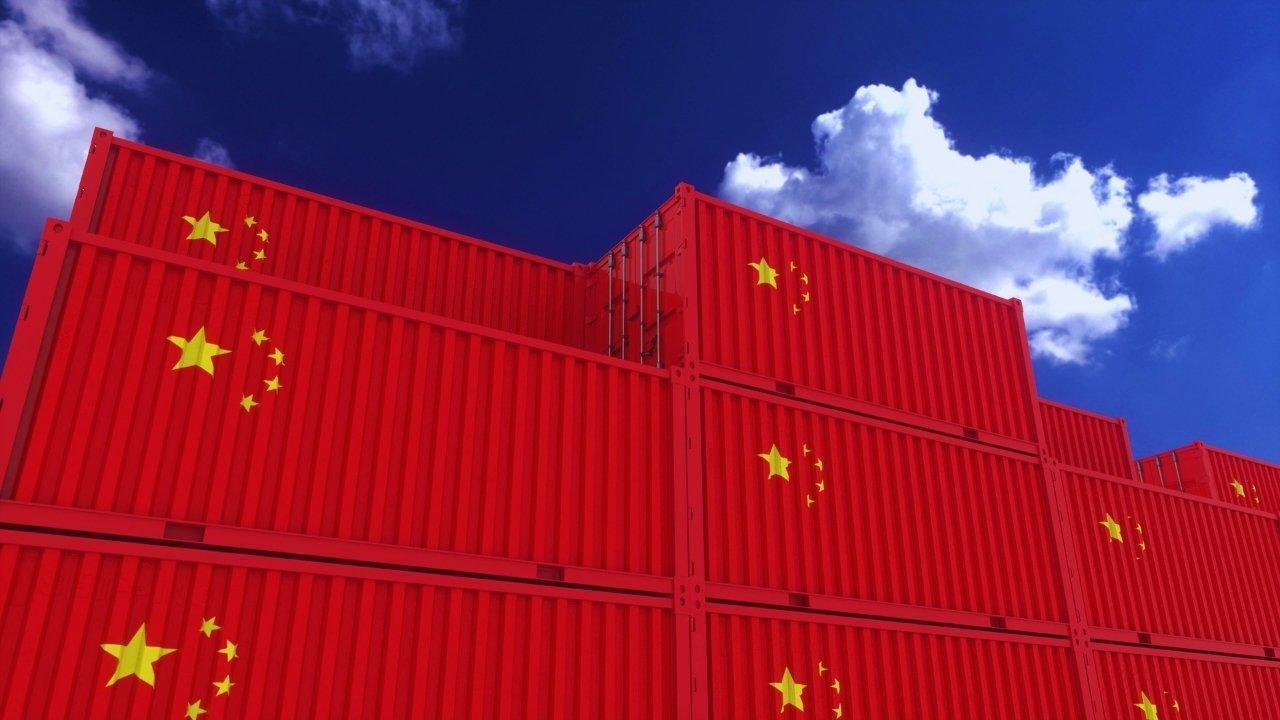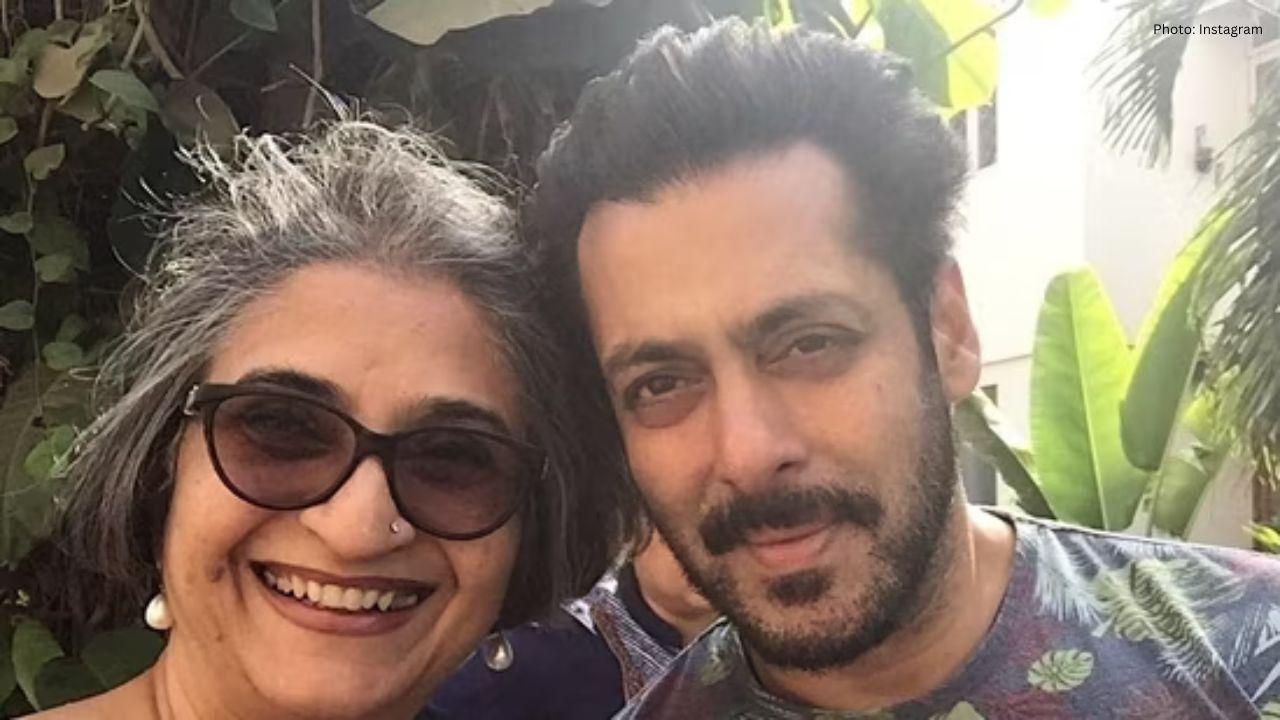You have not yet added any article to your bookmarks!

Join 10k+ people to get notified about new posts, news and tips.
Do not worry we don't spam!

Post by : Anis Farhan
China’s growing influence in Central Asia is entering a new chapter with the rise of the so-called “Electro-Yuan.” This term, which has emerged in policy circles and financial commentary, refers to Beijing’s strategy of linking its currency, the yuan, with renewable-energy trade across Central Asia. The idea is simple yet transformative: as China invests in solar, wind, and hydropower projects in the region, it encourages payments and contracts to be settled in yuan rather than in U.S. dollars or euros. Over time, this could reshape the financial and political landscape of Central Asia, altering currency norms and challenging traditional Western influence in the region.
The development comes at a time when Central Asia is looking for both energy security and economic diversification. For China, it represents a strategic opportunity to export not only clean energy technology but also its financial system. The Electro-Yuan could become a central tool in Beijing’s ambition to expand the yuan’s role as a global currency.
Central Asia, a region traditionally reliant on oil, gas, and coal, is now under pressure to diversify its energy sources. Climate change, rising demand, and global investment trends have forced countries like Kazakhstan, Uzbekistan, and Kyrgyzstan to rethink their energy strategies.
China has positioned itself as the primary partner in this transition. Its state-backed companies are financing solar farms in Uzbekistan, wind projects in Kazakhstan, and hydro initiatives in Kyrgyzstan. But beyond technology and infrastructure, Beijing insists that these projects be settled in yuan. By tying clean energy with its own currency, China is creating a new system where renewable power and financial influence go hand in hand.
This strategy echoes the petrodollar model, where global oil trade entrenched the U.S. dollar as the world’s dominant reserve currency. In Central Asia, the Electro-Yuan could play a similar role—except instead of oil barrels, the new foundation is megawatts of renewable energy.
China’s decision to link renewable energy with its currency is not purely economic. It is also geopolitical. The yuan has long struggled to compete with the dollar as a settlement and reserve currency. While China is the world’s second-largest economy, its currency accounts for only a small fraction of international trade settlements.
The Electro-Yuan changes this equation by creating captive demand. Central Asian governments, businesses, and banks participating in renewable projects automatically become part of the yuan ecosystem. This ensures steady flows of the Chinese currency in regional transactions, while also reducing reliance on Western banking systems that are tied to the dollar.
The shift could also insulate Central Asian economies from sanctions and external shocks. For countries wary of Western pressure or seeking economic independence, using the yuan for clean energy deals provides a politically safer alternative.
The Electro-Yuan is closely tied to the Belt and Road Initiative (BRI), China’s flagship infrastructure program. Since 2013, Beijing has poured billions into Central Asia’s roads, railways, and pipelines. Renewable energy is the latest frontier of this connectivity project.
By embedding the yuan into renewable-energy contracts, China is ensuring that the BRI is not only about infrastructure but also about financial alignment. Central Asian states that join China’s renewable push effectively anchor their economies to Beijing’s monetary system.
This raises questions for Russia, traditionally the dominant power in Central Asia. While Moscow remains influential, its ability to provide investment and financial stability has been weakened by Western sanctions. China is filling that gap with a package of capital, technology, and currency integration.
The U.S. dollar has been the backbone of international trade for decades, underpinned by trust, liquidity, and global acceptance. But its dominance is increasingly being challenged by regional alternatives. The Electro-Yuan represents one of the most serious attempts yet to dollar-proof a regional economy.
If renewable energy contracts worth billions of dollars are denominated in yuan, Central Asian governments will accumulate large reserves of the currency. Over time, this could reduce their need for dollar reserves, weakening the greenback’s grip on global trade.
However, challenges remain. The yuan is not fully convertible, and Beijing maintains strict controls over its currency. For Central Asian nations, this means limited flexibility in converting yuan into other currencies. Still, the trade-off may be worthwhile if the benefits of cheap, reliable renewable energy outweigh financial restrictions.
Adopting the Electro-Yuan will not be without domestic consequences for Central Asian nations. Local banks will need to adapt to handling yuan-denominated contracts. Regulatory systems must adjust to foreign-exchange risks, and businesses must get accustomed to a new financial framework.
For governments, the shift could bring stability by reducing exposure to dollar fluctuations. But it could also deepen dependence on China, raising concerns about sovereignty. Critics argue that while renewable projects bring short-term benefits, they also lock Central Asian economies into a long-term financial dependency on Beijing.
If successful, the Electro-Yuan model in Central Asia could be replicated elsewhere. Africa, Southeast Asia, and Latin America—regions where China is investing heavily in renewable energy—may adopt similar yuan-based trade frameworks. This would accelerate the currency’s internationalization and gradually erode the dollar’s dominance in emerging markets.
For Western powers, this trend is alarming. Washington and Brussels have relied on the dollar and euro as tools of economic influence. If large swathes of the developing world begin to pivot toward the yuan, the West’s ability to impose sanctions or control financial flows may weaken.
Interestingly, the Electro-Yuan may also intersect with the rise of digital finance. China is already piloting its Digital Yuan (e-CNY), a central bank digital currency. In the future, renewable-energy contracts in Central Asia could be settled digitally, bypassing banks altogether. This would create a direct link between Chinese digital wallets and Central Asian governments or corporations, further strengthening financial ties while reducing the role of traditional intermediaries.
Such a shift hints at a hybrid financial system where energy, currency, and digital technology are seamlessly integrated. For Central Asia, this represents both opportunity and risk.
For Central Asian leaders, the decision to embrace the Electro-Yuan is not straightforward. On one hand, it offers much-needed investment in clean energy and greater independence from the West. On the other, it risks tilting the balance of power too far toward China.
Some countries may adopt a dual-currency approach, maintaining dollar reserves while gradually building yuan exposure. Others may seek to negotiate terms that protect their sovereignty. What is certain is that Central Asia is becoming a testing ground for China’s broader currency ambitions.
The Electro-Yuan represents more than just a financial experiment. It is a bold attempt by China to reshape economic norms in its neighborhood, using renewable energy as the entry point. By tying clean power to its currency, Beijing is blending environmental sustainability with financial strategy, creating a model that could spread well beyond Central Asia.
Whether this results in a new global financial order remains to be seen. But for Central Asia, the Electro-Yuan is already shifting trade dynamics, challenging old dependencies, and opening new possibilities. The region’s energy transition is no longer just about power—it is about currency, sovereignty, and the future of international finance.
This article is for informational purposes only. It does not constitute financial or investment advice. Readers are encouraged to conduct independent research before making economic or policy decisions.










Rashmika Mandanna, Vijay Deverakonda Set to Marry on Feb 26
Rashmika Mandanna and Vijay Deverakonda are reportedly set to marry on February 26, 2026, in a priva

FIFA Stands by 2026 World Cup Ticket Prices Despite Fan Criticism
FIFA defends the high ticket prices for the 2026 World Cup, introducing a $60 tier to make matches m

Trump Claims He Ended India-Pakistan War, Faces Strong Denial
Donald Trump says he brokered the ceasefire between India and Pakistan and resolved eight wars, but

Two Telangana Women Die in California Road Accident, Families Seek Help
Two Telangana women pursuing Master's in the US died in a tragic California crash. Families urge gov

Ranveer Singh’s Dhurandhar Roars Past ₹1100 Cr Worldwide
Ranveer Singh’s Dhurandhar stays unstoppable in week four, crossing ₹1100 crore globally and overtak

Asian Stocks Surge as Dollar Dips, Silver Hits $80 Amid Rate Cut Hopes
Asian markets rally to six-week highs while silver breaks $80, driven by Federal Reserve rate cut ex